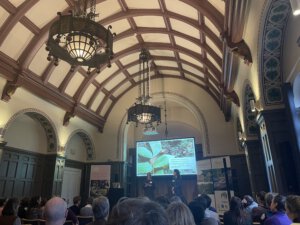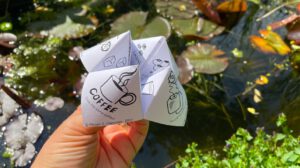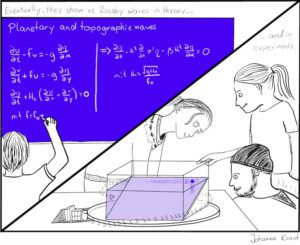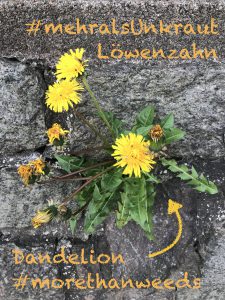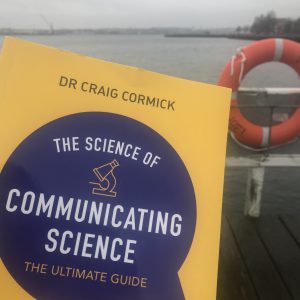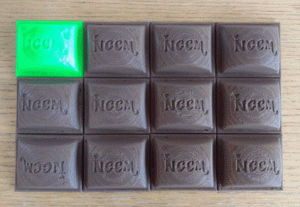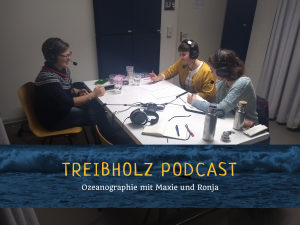
Currently reading “The psychology of climate change communication: A guide for scientists, journalists, educators, political aides, and the interested public” by Shome & Marx (2009)
This feels like a bit of a throwback to my science communication phase (for example reviewing the book “communicating climate change” in 2018, or “communicating climate change to young people”…
